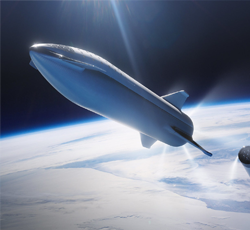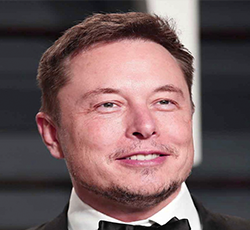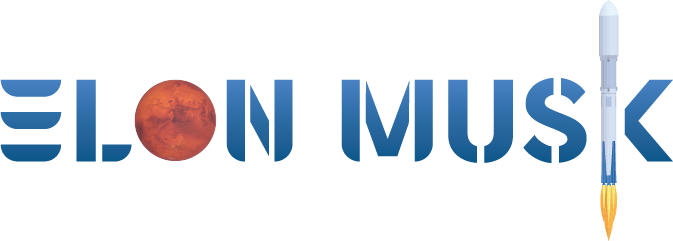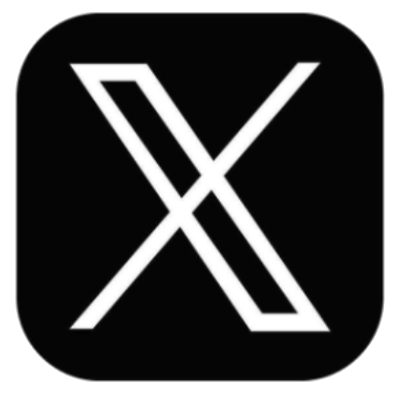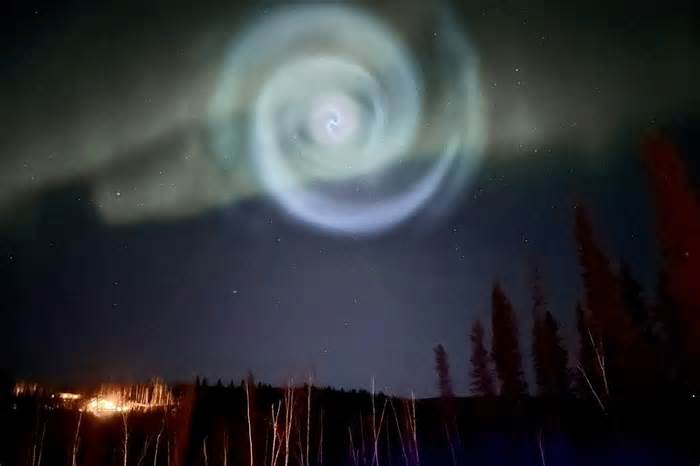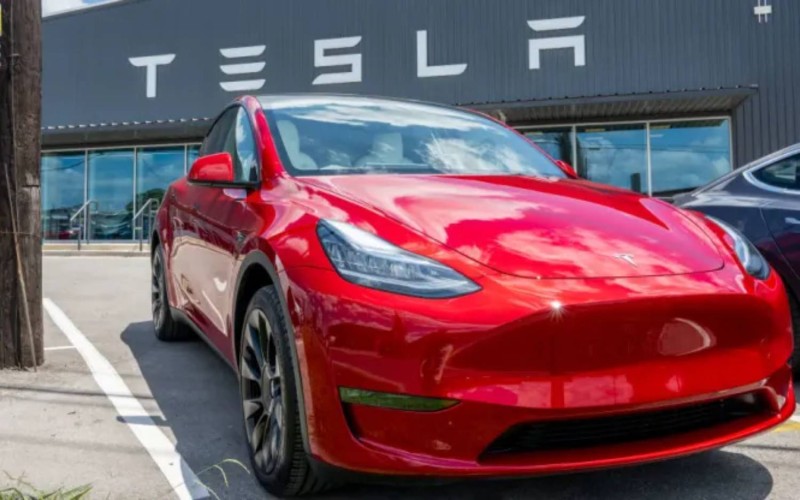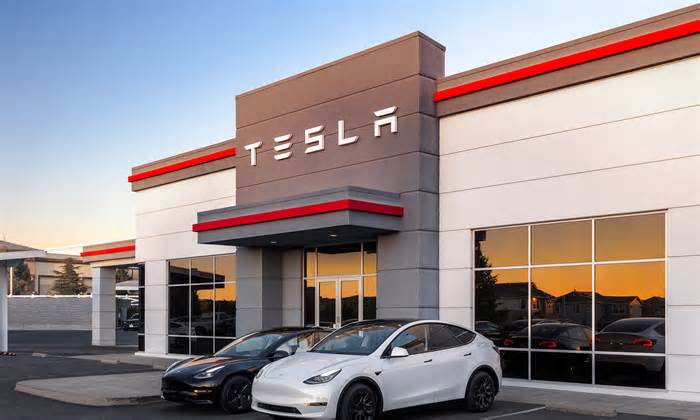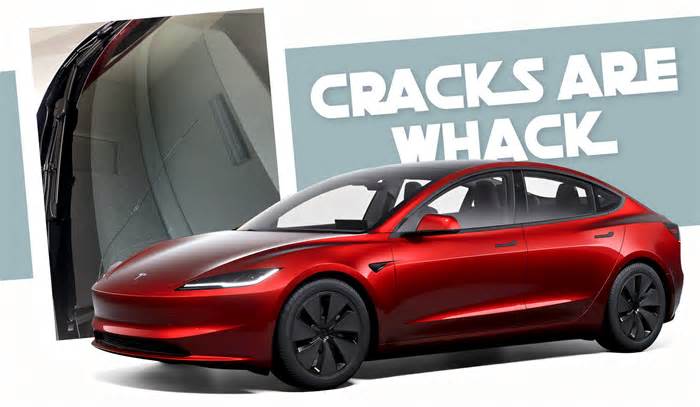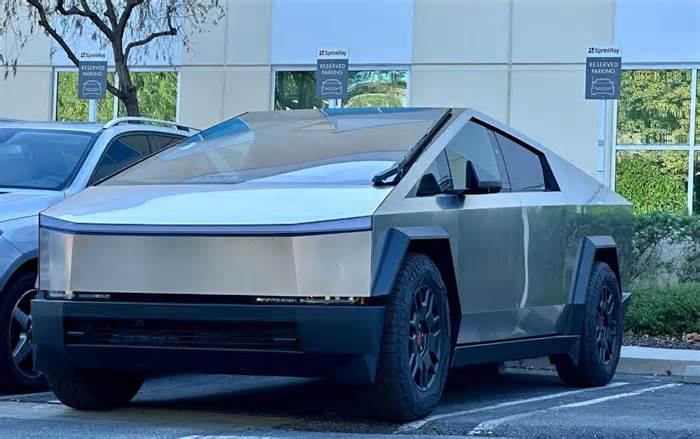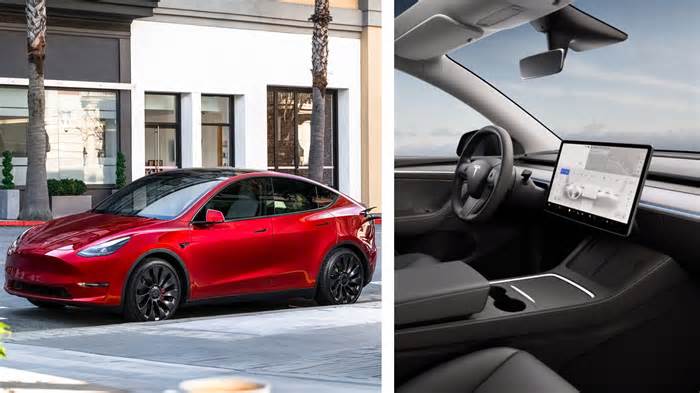
Starlink tests D2C in Romania, US, Japan
- by Advanced Television
- Oct 04, 2024
- 0 Comments
- 0 Likes Flag 0 Of 5
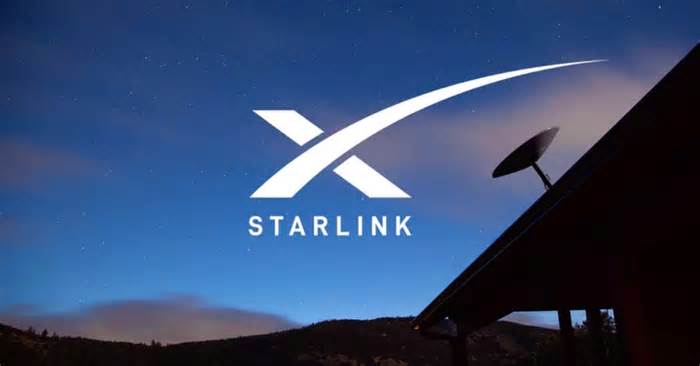
October 4, 2024
SpaceX’s Starlink broadband system is testing its direct-to-cellular (D2C) satellite phone system in Romania, designed to show that Starlink satellites can operate at up to eight times the capacity currently allowed by the ITU’s EPFD (Equivalent Power Flux Density) limits, while still protecting geostationary satellites.
Starlink’s D2C proposals are highly controversial, and many terrestrial cellular operators are vigorously objecting to Starlink’s plans.
Additionally, tests are taking place in three western US states with permission from the FCC. Further tests will take place in Japan in conjunction with Starlink’s local partner Rakuten. The FCC stated: “All communications by SpaceX satellites with earth stations in Japan must operate in compliance with any and all laws, regulations, and requirements applicable to such operations in the territories of the Japanese administration.”
The US tests are authorised by the FCC and taking place from the infamous Area 51 region in Nevada as well as in Oregon and Kansas.
Romania’s National Authority for Communications Administration and Regulation (ANCOM), the country’s Ministry of National Defence and SpaceX were involved in what are described as the first real-world test to demonstrate whether Starlink’s non-geostationary satellite (NGSO) systems can operate without interfering with geostationary satellite (GSO) networks, even with relaxed EPFD limits.
The Romanian regulator, decided to contribute to the ongoing EPFD studies – being carried out by the ITU. Romania reviewed the history of how EPFD limits were set 25 years ago. At that time, ANCOM said administrations agreed on an aggregate protection criterion of 10 per cent for “increased unavailability” of GSO links.
Romania’s ANCOM stated: “The data collected from the test will be transmitted to the relevant European and international bodies to be used in ongoing studies, contributing to the updating of satellite communications regulations. Romania believes that bridging the digital divide and increasing connectivity requires the shared use of geostationary and non-geostationary communication satellites.”
Related posts: Register
We use cookies to ensure that we give you the best experience on our website. If you continue to use this site we will assume that you are happy with it.
Please first to comment
Related Post
Stay Connected
Tweets by elonmuskTo get the latest tweets please make sure you are logged in on X on this browser.
Sponsored
Popular Post
tesla Model 3 Owner Nearly Stung With $1,700 Bill For Windshield Crack After Delivery
33 ViewsDec 28 ,2024
Middle-Aged Dentist Bought a Tesla Cybertruck, Now He Gets All the Attention He Wanted
32 ViewsNov 23 ,2024




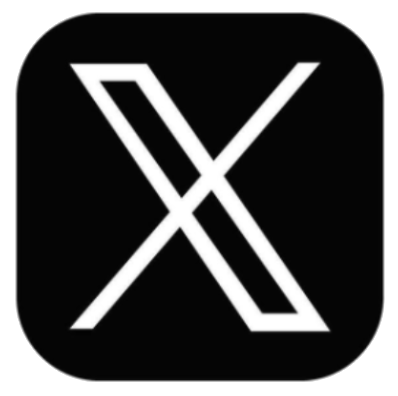
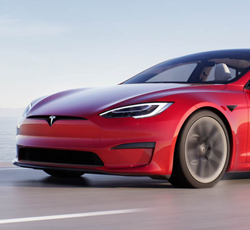
 Energy
Energy